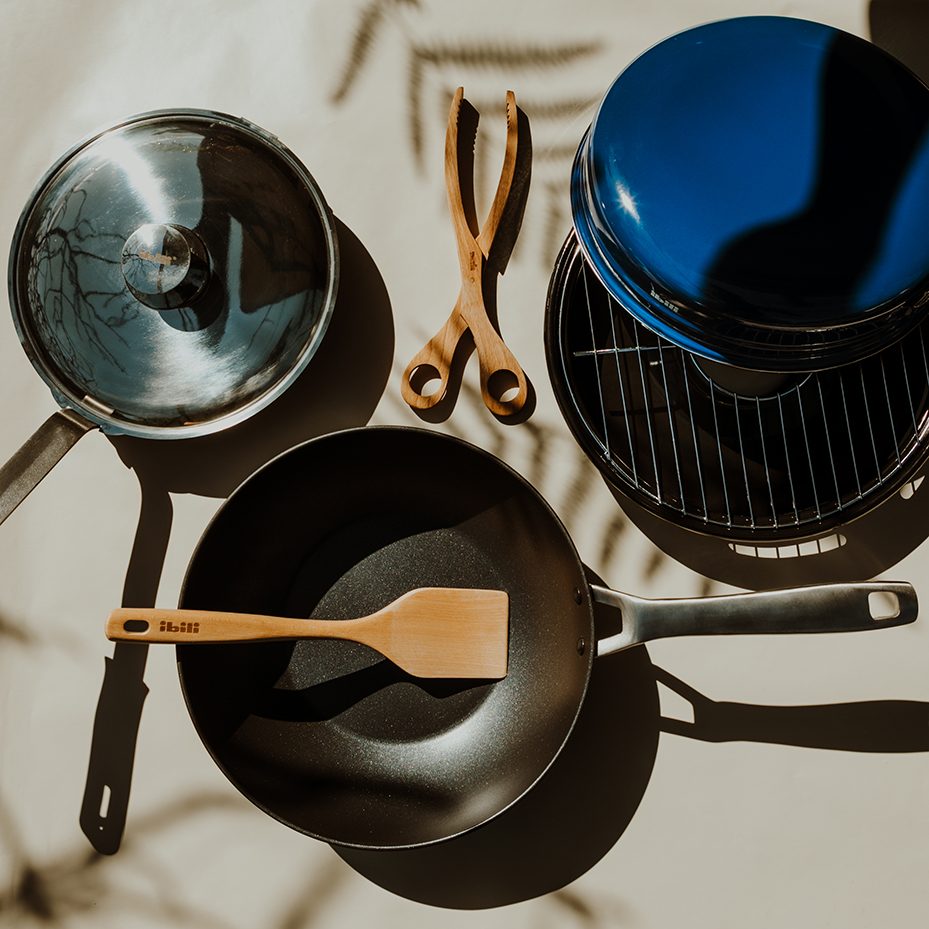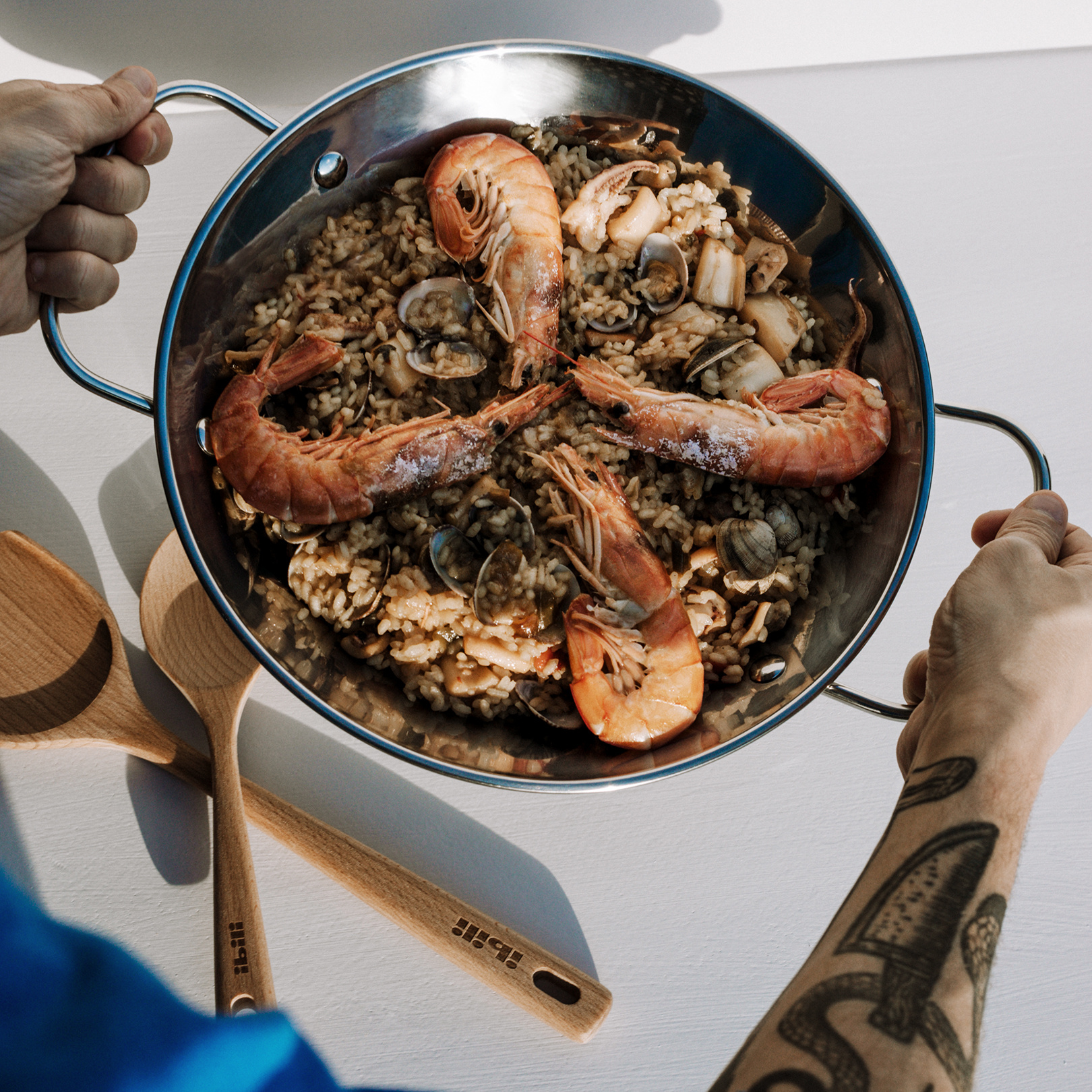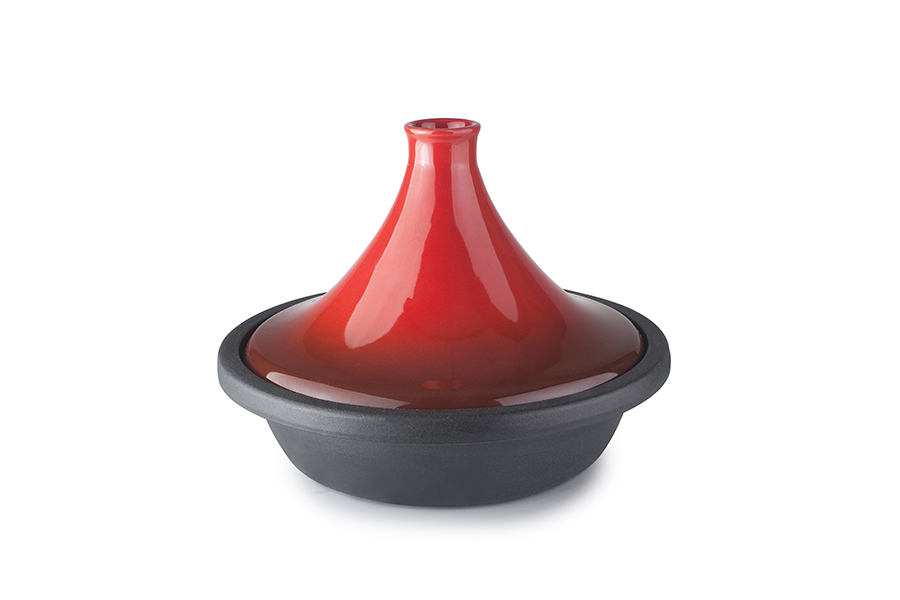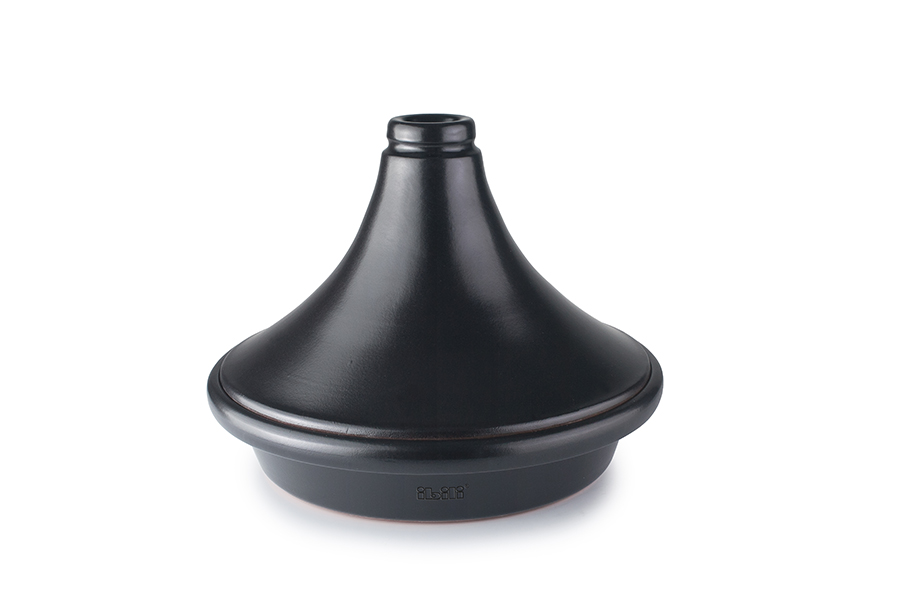- pots & saucepans
Pots & saucepans
Because magical things can happen in your kitchen
- pans & grills
Pans & grills
The famous sizzle, master the technique with the best pan.
- paella pans
Paella pans
Rice becomes perfect when you have it with good company.
- baking
Baking
Good music makes you dance. The same thing happens with dessert.
- coffee & tea
Coffee & tea
Coffee or tea, each may choose their balsam for the heart and soul
- kitchen & tableware
Kitchen & tableware
Every artist needs the best tools to do their best work.
- Healthy Cooking
- Vajillas Porcelana
- Ethnic Food
- Jamoneros
- Oil Tins And Oil Recyclers
- Ceramic Accessories
- Bread Utensils
- Dispensers
- Trays And Bowls
- Conservation
- Strainers / Drainers
- Cutlery
- Knives And Scissors
- Peelers And Cutters
- Tongs
- Graters
- Covers
- Chopping Boards
- Thermometers
- Various Utensils
- Utensils
- Bar Items
- Bolsas Isotermicas
- Various Kitchen Table Accessories
- Induction Adapters
- Vintage Enamel
- Assorted Vintage Enamel
- Camping
- Eco Disposable Tableware
- Stands
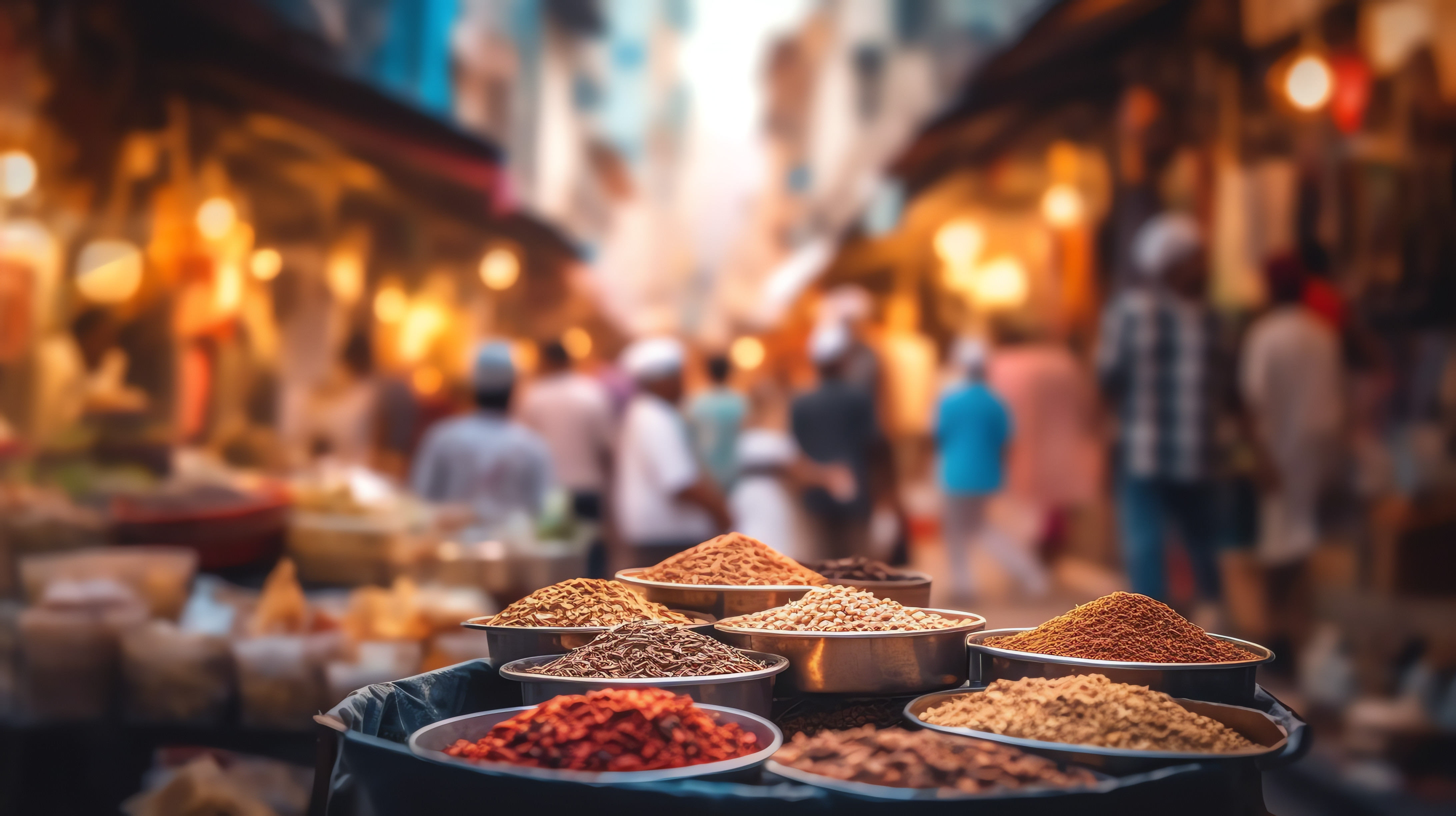
A journey through flavours and history
In the heart of Marrakech, between the narrow streets and the bustling souks, lies a magical corner where flavours and aromas intertwine in a captivating dance. It is here that the tajine, an earthenware casserole with a conical lid, reveals its ancestral charm.
Local cooks are busy in the kitchens, carefully preparing the ingredients for this special dish. Tender, juicy lamb meat, sweet onions, plums, crunchy almonds and a profusion of exotic spices blend harmoniously, like a culinary symphony that awakens the senses.
Tajine: A traditional Berber dish named after the earthenware pot in which it is cooked.
As the tajine simmers, the city comes fully awake. Aromas escape from the kitchens and fill the narrow streets with an intoxicating perfume. Locals and visitors alike are drawn to the mystery that emanates from the tajine, as if it were a treasure waiting to be discovered.

The story goes that centuries ago, during the reign of the Berbers in Morocco, the nomads of the region used simple cooking utensils to prepare their meals. It is said that the Berbers discovered that cooking ingredients in an earthenware pot with a conical lid preserved the flavours and juices of meat and vegetables better, as well as allowing slow and even cooking.
History is written through gastronomy
The conical lid is placed on top of the pot, sealing in the flavours and allowing the aromas to intertwine and enrich during hours of slow cooking. It is as if the tajine has a life of its own, an essence that comes alive under the gentle heat, fusing the ingredients in a passionate embrace.
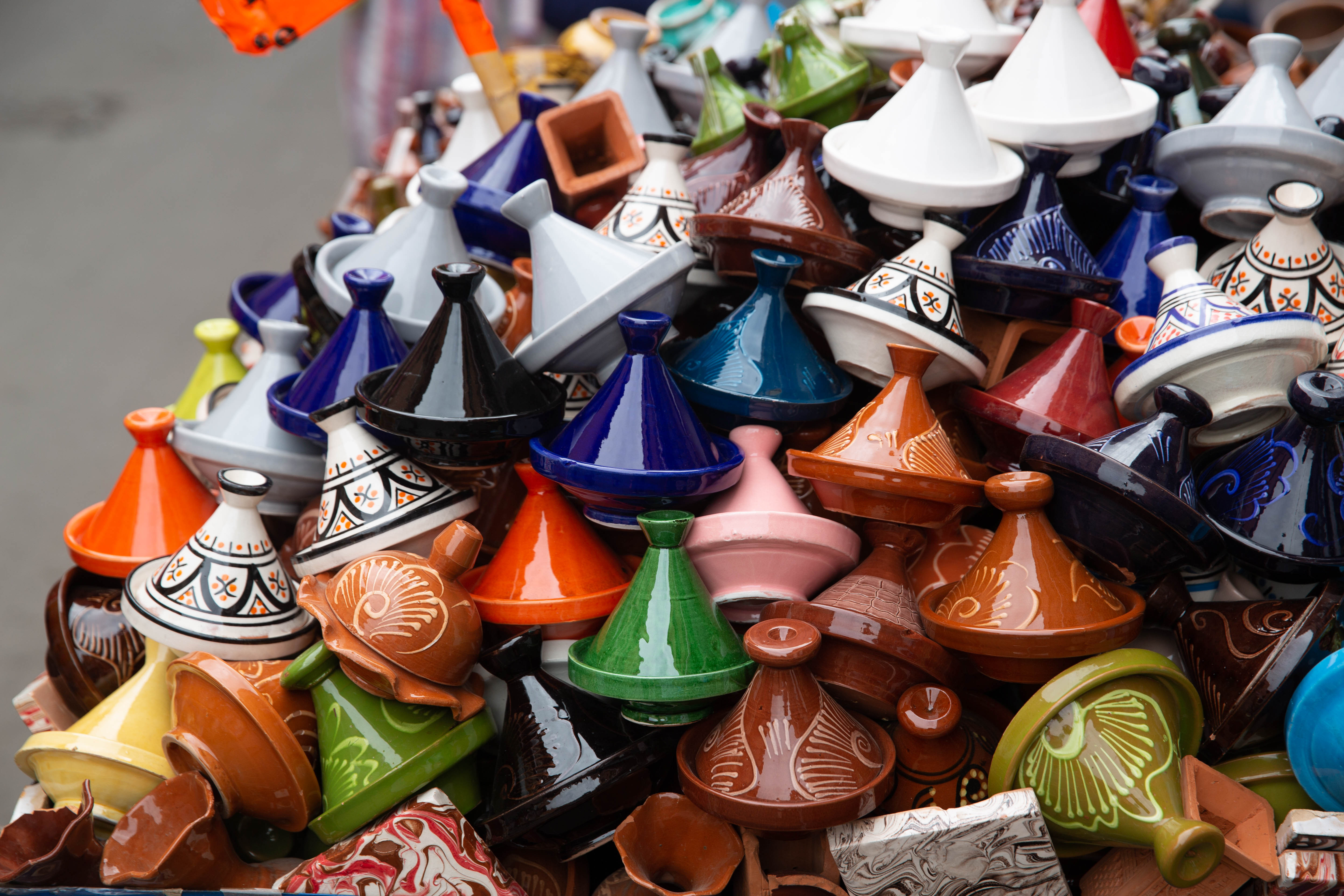
The Marrakech tajine is more than a dish; it is a sensory experience that transcends time and space. It is a reflection of a rich and diverse culture, a tribute to roots and a celebration of Morocco's culinary heritage. In every tajine, you will find the magic of Marrakech, a place where the flavours of the past meet the present, and where cooking is an art that is carried in the heart.
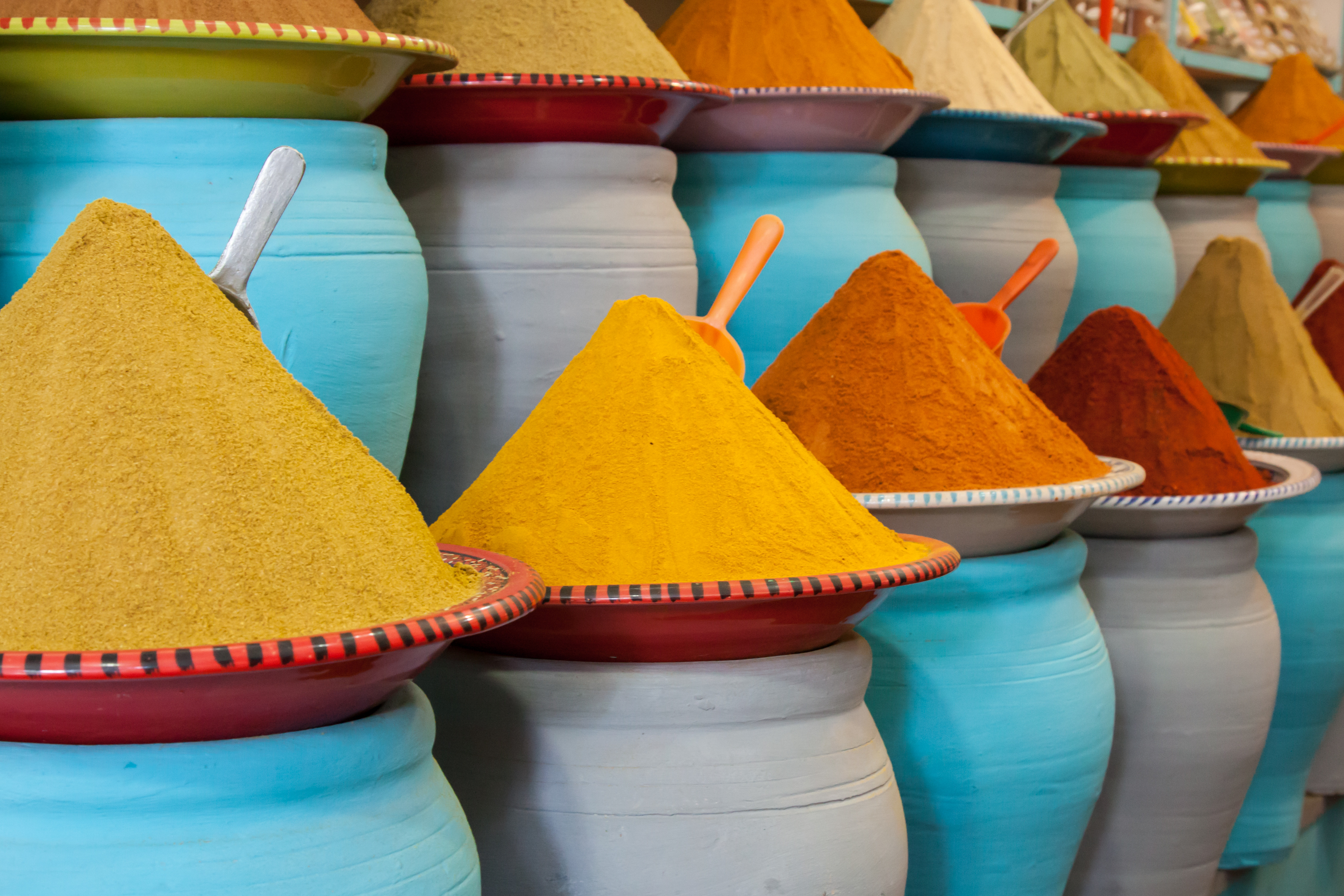
In IBILI we wanted to bring this emblematic dish of Moroccan gastronomy, this stew with history, with the proposal of several models of Tajine that we have included in our catalogue.
On the one hand we offer the typical tajine made of natural clay, both the base and the lid, we call it NATURAL and it is available in clay colour and also in black colour.
On the other hand we also include the H-Class model with cast iron base and ceramic lid. The cast iron plate allows you to fry the meat on it before forming the stew.
Some tajines made of unglazed natural clay require special curing before first use, but this is not the case with Ibili tajines, which are already protected by a thin, resistant layer of glaze.

